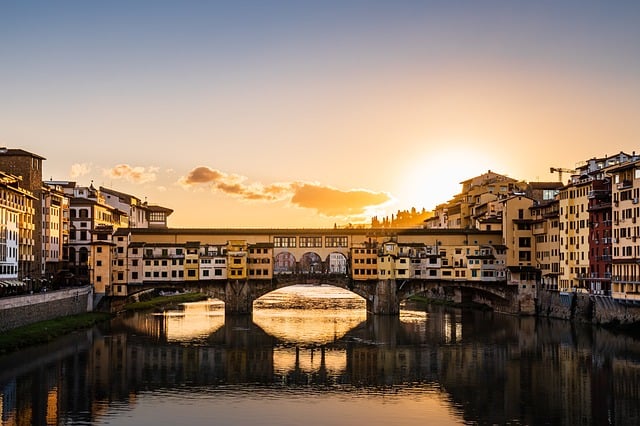Revitalizing Tradition: Exploring the Renaissance in Painting and its Impact on Fine Arts, Culture, and Art
The Renaissance stands as one of the most transformative periods in the history of art, offering a profound sense of rebirth not just in painting, but across an entire cultural spectrum. This pivotal era, which flourished from the 14th to the 17th century, encapsulated a remarkable flourishing of innovation and creativity, allowing artists to explore the depths of human experience like never before.
The Heart of the Renaissance: Cultural Awakening
At its core, the Renaissance was a cultural awakening that encouraged a rediscovery of classical philosophy, literature, and art. This period invited artists to delve into the very essence of what it means to be human. The rise of humanism shifted the focus from the divine to the earthly, celebrating individuality and the human experience. This deeply-rooted cultural evolution is evident in the works of masters like Leonardo da Vinci, Michelangelo, and Raphael, who not only pushed technical boundaries in painting but also reflected the complexities of human emotions and experiences.
Fine Arts: A New Dawn
The Renaissance brought about significant advancements in the fine arts. Artists began to prioritize realism, perspective, and the human form, techniques that allowed them to create more lifelike depictions. The introduction of oil paints introduced richness and depth to color palettes, enabling a level of detail that was previously unattainable. This period birthed iconic works such as The Last Supper and the Creation of Adam, which continue to resonate with audiences today due to their profound narrative and emotional depth.
Art as Cultural Reflection
Art during the Renaissance was not merely about aesthetics; it was a reflection of the complex interplay between culture and society. Artists became pivotal figures, challenging societal norms and exploring themes such as religion, mythology, and the human condition. The role of the artist evolved from craftsman to revered intellectual, and this shift inspired future generations to engage with art as a powerful means of expression and reflection.
The Legacy of the Renaissance in Modern Times
The impact of the Renaissance on fine arts can still be felt today. Contemporary artists draw inspiration from the techniques, narratives, and cultural shifts that this period introduced. Museums and galleries continue to showcase the brilliance of Renaissance masterpieces, ensuring that the conversation about art remains vibrant and alive. As we look at the canvas at our fingertips, we see the interconnectedness of past and present, where the seeds of the Renaissance have blossomed into diverse forms of expression that challenge us to think and feel.
In the wake of the Renaissance, the dialogue surrounding art and culture has evolved, but the essence of that exploration remains intact. Each brushstroke tells a story, a piece of heritage that reminds us of the beauty of tradition and the power of creativity. As we celebrate the legacy of this remarkable era, we are invited to engage with art not just as spectators but as participants in a timeless journey of discovery and transformation.




